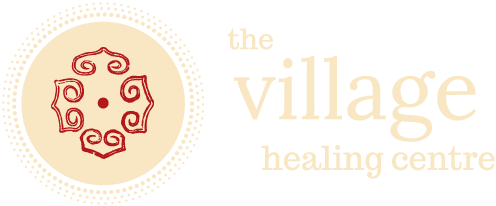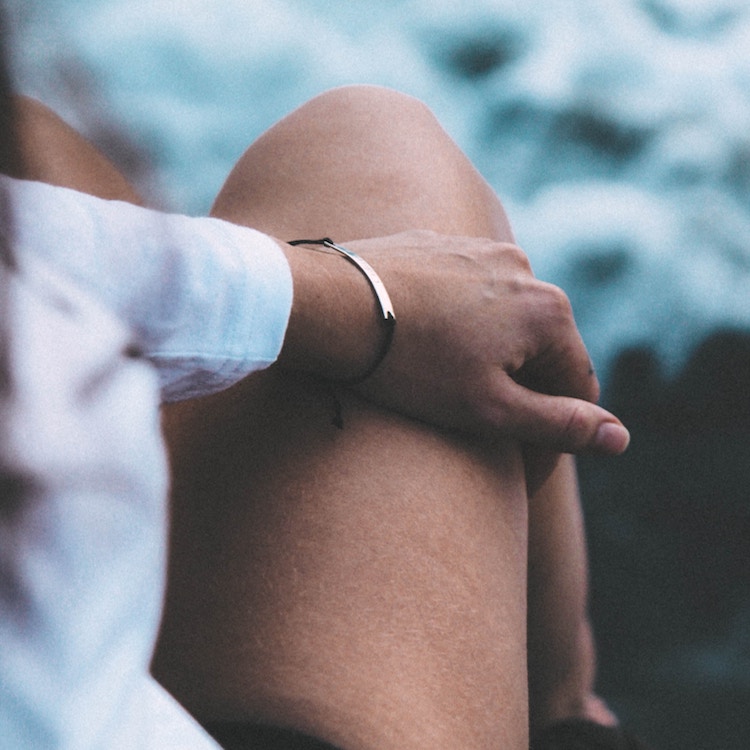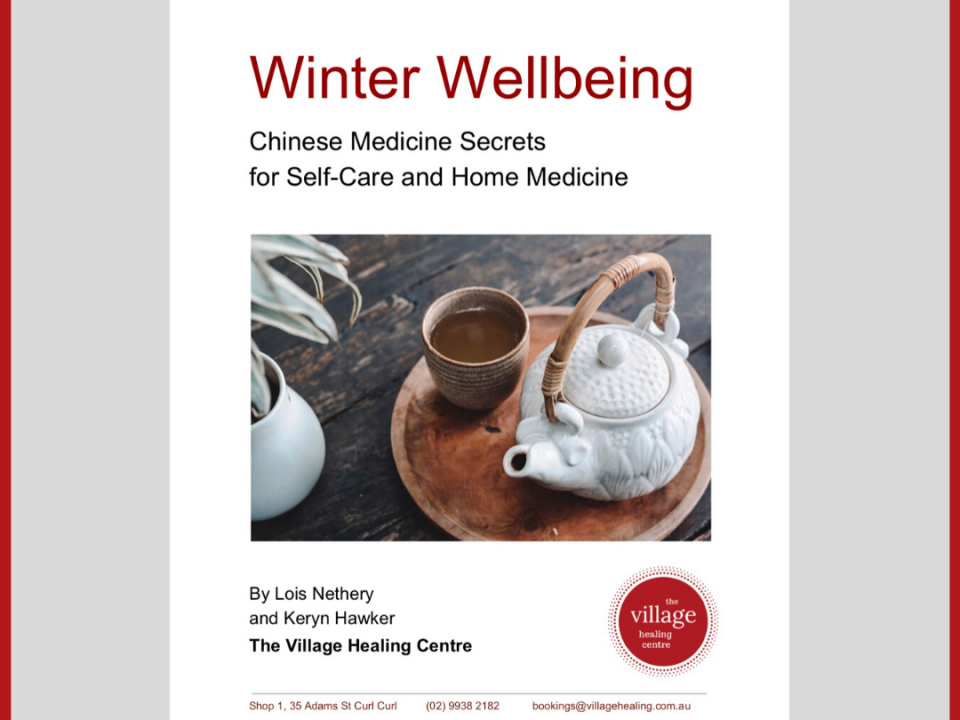Acupuncture for osteoarthritis of the knee
Osteoarthritis is the most common form of arthritis. It is a progressive condition involving gradual loss of joint cartilage that leads to loss of movement, pain and reduced quality of life. It occurs more frequently with increasing age.
Various Chinese medicine therapies have been studied as treatments for osteoarthritis of the knee. Some have been found in large-scale studies to be effective for relieving pain, increasing function and improving quality of life in patients with osteoarthritis of the knee.
Effective therapies for osteoarthritis of the knee include acupuncture and electroacupuncture.
How effective is acupuncture treatment for knee osteoarthritis?
Research suggests that acupuncture is an effective treatment for knee osteoarthritis, leading to:
- decreased pain intensity
- improvements in physical function (1, 2, 3; and
- enhanced quality of life (4).
Exercises and weight loss are often recommended for people with osteoarthritis of the knee. For people with difficulty either exercising or losing weight, acupuncture may be a very useful option in the treatment plan. (3)
The evidence is strong enough in favour of acupuncture to lead some researchers to suggest it may be an alternative for traditional pain relief medications in patients with osteoarthritis. (4)
How many sessions of acupuncture are needed for knee osteoarthritis treatment?
Acupuncture should be given for a minimum of four weeks. (4, 5)
Chronic pain conditions generally should be treated with a course of 10 acupuncture sessions, based on how pain signals from osteoarthritis can influence pain pathways in the central nervous system. Using acupuncture stimulation is thought to reverse these pain pathways, especially when given over a prolonged period of time. In research studies, pain usually decreases as the treatment time increases. (4)
What long-term benefits can I expect from acupuncture for knee osteoarthritis?
Many studies don’t include long-term follow up, (4) but results so far suggest that acupuncture may be effective at relieving chronic knee pain 12 weeks after the end of treatment, (7) and can improve physical function in the short and longer-term. (3)
What makes Chinese medicine treatment for knee osteoarthritis different from some other approaches?
At this clinic, we apply the Chinese medicine approach, which looks at the whole person and their individual circumstances. Chinese medicine is a body-mind approach, seeing a person’s physical reality as inseparable from their mental, emotional, social and spiritual life.
We can help you by explaining how Chinese medicine sees all of your symptoms as an integrated whole, not just looking at isolated symptoms such as pain. The Chinese medicine framework is about understanding how factors in your life are interconnected, so that you can set goals for your recovery and work towards regaining wellbeing in an integrated way.
Alongside acupuncture treatment, we generally recommend tailored lifestyle modifications such as stress reduction, planning pleasurable activities, adjustments to exercise routines, dietary therapy or self-care at home such as heat or bath therapy.
Is dry needling the same as acupuncture?
“Dry needling” is a technique that is usually taught over a short duration, sometimes just one weekend, for physiotherapists or other health practitioners to use a needle in a muscle trigger point. Trigger points are “knots” in muscles that are thought to create referred pain.
This is similar to just one small part of acupuncture theory. In acupuncture, we sometimes use “Ah Shi” treatment – “Ah Shi” means “Ah yes”. When the acupuncturist presses on a knot, the patient says “yes, that’s it”. Releasing an Ah Shi point is a very basic application of acupuncture.
Acupuncture has developed over thousands of years, with systematic observations of trial and error handed down through many generations. It is taught in modern times as a university degree over four years, with hundreds of hours of clinical practice. This allows acupuncturists to not only practice according to safety guidelines, but also to consider the whole body-mind system when addressing any single symptom.
Chinese medicine theory is integrated and wholistic, meaning that the body systems, conscious experience and a person’s surroundings are considered as an interconnected web of cause and effect. Chinese medicine diagnosis is about seeing these relationships and working with your strengths to encourage the body to regain its self-sustaining balance.
Studies suggest that the best results are achieved when acupuncture treatment for knee osetoarthritis is based on traditional Chinese medicine theories such as following meridian pathways or addressing “Bi” syndrome (translated as “painful obstruction” syndrome). (1)
Starting your treatment
Request a Booking to begin your treatment – we look forward to supporting you towards your health goals.
1. Ferreira RM, Duarte JA, Gonçalves RS. Non-pharmacological and non-surgical interventions to manage patients with knee osteoarthritis: An umbrella review. Acta Reumatol Port. 2018;43(3):182-200.
2. Nahin RL, Boineau R, Khalsa PS, Stussman BJ, Weber WJ. Evidence-Based Evaluation of Complementary Health Approaches for Pain Management in the United States. Mayo Clinic Proceedings. 2016;91(9):1292-1306. doi:10.1016/j.mayocp.2016.06.007
3. Lin X, Huang K, Zhu G, Huang Z, Qin A, Fan S. The Effects of Acupuncture on Chronic Knee Pain Due to Osteoarthritis: A Meta-Analysis. J Bone Joint Surg Am. 2016;98(18):1578-1585. doi:10.2106/JBJS.15.00620
4. Manyanga T, Froese M, Zarychanski R, et al. Pain management with acupuncture in osteoarthritis: a systematic review and meta-analysis. BMC Complementary and Alternative Medicine. 2014;14(1). doi:10.1186/1472-6882-14-312
5. Chen N, Wang J, Mucelli A, Zhang X, Wang C. Electro-Acupuncture is Beneficial for Knee Osteoarthritis: The Evidence from Meta-Analysis of Randomized Controlled Trials. Am J Chin Med. 2017;45(5):965-985. doi:10.1142/S0192415X17500513
6. Song G-M, Tian X, Jin Y-H, et al. Moxibustion is an Alternative in Treating Knee Osteoarthritis: The Evidence From Systematic Review and Meta-Analysis. Medicine. 2016;95(6):e2790. doi:10.1097/MD.0000000000002790
7. Zhang Q, Yue J, Golianu B, Sun Z, Lu Y. Updated systematic review and meta-analysis of acupuncture for chronic knee pain. Acupunct Med. 2017;35(6):392-403. doi:10.1136/acupmed-2016-011306



